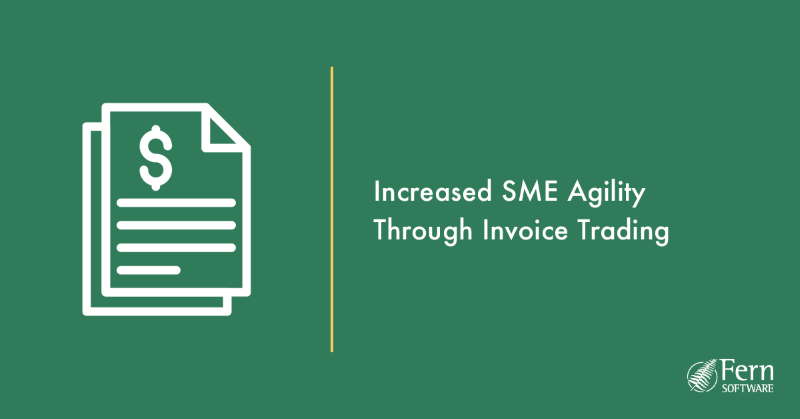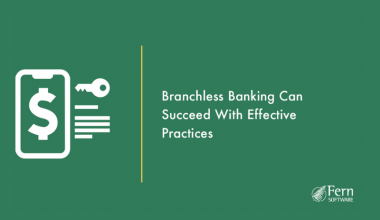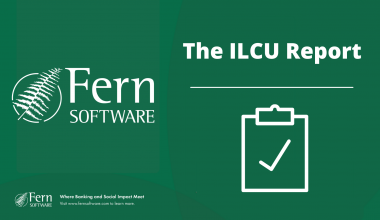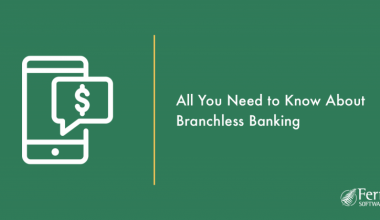Small and medium-sized enterprises (SME) are facing an era of unprecedented hardship. Major banking institutions worldwide have been reluctant to lend due to the current economic climate coupled with the health concerns of a face-to-face application process. In the US, 74.1% of SME loans have been denied for a wide range of reasons. According to NextStreet, 66% of small businesses would consider alternative banking methods in order to secure the money that they need.
If polled, most small business owners would tell you that raising operating capital is amongst the biggest obstacles they face in trying to sustain their business. Accounts receivables is one of the factors with the most impact on operating capital.
The Problem of Cash Shortfalls
Let’s assume that the SME delivered a quality product to its customer on time. The customer however, has agreed to a 30-day payment window. In the meantime, they request a second order bigger than the first. This type of situation puts many small businesses in an awkward position.
Until the small business receives payment for the first order, it cannot pay its workers or purchase materials to fill the second order. Its lack of operating capital creates a snowball effect that will eventually shutter the company.
Pursuing a loan through a traditional bank or credit union is one recourse for the SME; however, that process can be time-consuming and arduous. Based on the above-cited figures, this often results in a declination. That’s why SME owners are turning toward alternative banking methods to stay afloat.
What is invoice financing?
Invoice financing is one such alternative method. Invoice financing allows SME owners to restructure their accounts receivables in order to get paid upfront. It is a means to overcome initial startup hurdles associated with operating capital.
The way that invoice financing, also known as invoice trading or invoice factoring, works is by allowing an SME to sell their AR invoices in an online auction. Potential investors then bid on those invoices in an attempt to purchase the highest yielding invoice at the lowest cost.
Invoice trading gives small businesses a quick injection of cash that’s otherwise lacking from their accounts receivables. As the SME gets paid by its customer, that money is forwarded on to the investor to pay off the debt, minus a small processing fee.
The Pros and Cons of Invoice Trading
The most obvious pro of invoice trading is of course the quick injection of cash that it provides. The process for initiating the invoice trading procedure is quick and completely remote. It is typically not reliant on credit scores and loan history, but rather on the customers’ AR payment history instead. That means that SME gets its cash much more quickly than with a traditional loan.
It also serves as an ongoing option that can be used as necessary. If the small business runs into a particularly difficult period where cash reserves are depleted, they can discreetly choose specific invoices to auction off. Invoice trading is not an “all-in” solution; it is a situational fix.
There are, however, cons involved as well. For some small businesses, the fees associated with invoice trading can be restrictive. If their cash flow is perpetually tight, the added fees don’t help. There is also a succession of control that comes with invoice trading. The small business is ultimately responsible for customer payments regardless of the auction status, and nothing in the arrangement absolves them of that liability.
Increased Business Agility Through FinTech Advancements
In the end, invoice trading is just an alternative option to traditional banking. If you work with small to medium-sized businesses, it might be a financial alternative that you encounter from time to time. Whether it is a sound business strategy is not for the bank or credit union to assess. It only matters that your management staff is aware of the increasing range of options your customers have available thanks in part to FinTech advancements.






